The Empire of Belyos
"Why would you want to leave the Empire? Sure, the nobility can be a little uppity, but they don't fight each other half as much as they used to. What's not to like though? The roads are amazing, the army keeps the Sakamohr out, and the post! You can deliver a letter across the Empire in a matter of weeks! And that Emperor, Til-Lautor? He's a fine man, and I won't hear anything bad said about him."The Empire of Belyos is the largest and most powerful of all human nations, and whilst it suffered a break in lineage, claims succession from the Empire that Yaltur first founded almost 2000 years ago. Whilst other nations have established themselves in the years since, particularly on the northern continent, none are close to the Empire's size or wealth. Despite its turbulent history, it still represents the greatest concentration of humanity in the world, and for most of its people, life is safe and secure.
Contents
- Structure
- Culture
- Food and Dining
- History
- Demographics
- Territory
- Military
- Technology
- Religion
- Agriculture
- Trade
- Education
Structure
Main Articles:
Elector State
Imperial Bureaucracy
Whilst the Empire is ethnically homogenous, politically it is split into ten regions called Elector States, which hold total autonomy over their own internal affairs, including having their own armed forces, collecting taxes, and establishing laws. Each State has a slightly different arrangement for how it is managed, but all are led by an Elector Lord, who has the right, and the duty, to select a new Emperor upon the death or retirement of the previous. Elector Lords are also responsible for the submission of a portion of a State Imperial Tithe, which is paid directly to the Imperial Throne. This tithe, calculated using complex formula based on factors such as population, industry and trade, maintains the Imperial Army, the Imperial Post, and other such institutions.
Elector States are entitled to conduct their own affairs, and internally, so long as certain Imperial laws are upheld, and Imperial institutions are not impinged in their duties, Imperial authority remains hands-off. Interactions between individual states is carefully managed, trade tariffs are discouraged by the Empire, but does not prevent their use, and disagreements are mediated by Imperial diplomats. Armed conflict between states is permitted if mediation fails, but its scope and conditions must be submitted to the Empire beforehand, and the Imperial Army is always nearby to prevent the dispute from spreading beyond its allocated territory.
Transgressions against Imperial Law by Elector Lords, is managed in the Noble's Courthouse in Belyos, and enforced by the Imperial Army and the other Elector States. Since the reunification of the Empire, only one incident, the 1843 Iren Crisis, has necessitated the sanction of two Elector States for failing to uphold Imperial Law regarding conflict.
As well as the Elector States, there is the Imperial Province, a large island that is the personal fiefdom of the Emperor. Residents on the island are free from taxation, but their labour is used to directly support the Imperial Throne instead. Emperors have the right to retire to the island if they wish, although this has not happened yet, and the wives, children and grandchildren of Emperors have the right of residence on the island (although generations after that must leave).
Main Article: Emperor of Belyos
Elected by a majority vote of the Elector Lords, the Emperor is appointed for life, although they are allowed to abdicate if they wish. A candidate for election to the position of Emperor must be related by blood to the existing Elector Lord who nominates them, and cannot be younger than 18, or older than 45. They must be free from 'wasting illnesses' and of 'sound body and mind'. Assuming a candidate fulfils these requirements, they are presented in Belyos to the other Elector Lords who then cast votes. One cannot vote for one's own candidate, and each Lord has a single vote. The candidate with the least number of votes is eliminated and another round of voting takes place a week later to allow time for lobbying. The eventual winner is made Emperor and the nominating Elector Lord exempt from the tithe for one year. The Emperor has absolute control over the Imperial institutions, such as the powerful Imperial Army, and can establish Imperial Law by decree. The Electors have the right to challenge Imperial decrees in a body known as the Parliament of Electors, but it costs if refused. The Parliament of Electors meets every seven years, rotating between cities and is independent of the Emperor, who may only observe. Parliament is used for settling of inter-state disputes diplomatically, trade agreements and faction meeting. They also submit lists of requests for Imperial Law to the Emperor, who is free to act on them, or not. Since the reunification of the Empire in 1708, there have been six Emperors in Belyos. They rule from the High Throne, and are protected by the elite Palace Guard. Not content to sit in seclusion, Emperors tend to journey around the Empire every few years, ensuring the loyalty of the Elector Lords, and giving the Imperial citizenry a glimpse of the splendours of the Empire they are part of.| 1708 - 1764 | Til-Yaltur | Came from unknown origins to reunify the Empire. |
| 1764 - 1800 | Til-Risage | Created many of the Imperial Institutions and rebuilt a lot of the city of Belyos. Also instigated the use of the 'Til-' prefix for Emperors |
| 1800 - 1811 | Til-Kalit | First and, so far, only woman to be Emperor. Her death during childbirth is often used to discredit future female candiates. |
| 1811 - 1838 | Til-Taranor | A famous general who led a highly successful attack against the Sakamohr but who suffered from lingering injuries that led future candidates to be more closely vetted for ailments. |
| 1838 - 1883 | Til-Adver | Elected under dubious circumstances, but ultimately cleared of wrongdoing. Ruled over several unfortunate incidents, not all of them the fault of the Empire. |
| 1883 - present | Til-Lautor | Current Emperor, focusing heavily on the Empire's naval strength in the face of increasing influence from the new states on the northern continent. |
Culture
Food
For all Imperial citizens, the staple foods are Wheat and barely grains, with legumes such as chickpea and lentils. Whilst many recipes included these ingredients, the vast majority of grains are baked into breads; the primary food source for the urban poor and the army. A thick stew made of grains and legumes, called pottage is a common dish amongst the rural poor as it is easy to make and can make sparse ingredients go further. The wealthy in all locations have a much more varied selection of foods made from their grains. Plants such as lettuce, cabbage, leeks and onions are commonplace, especially in rural areas, and are mixed with herbs. Olive Oil is a primary source of fat, both for cooking, and for the dressing of leafy greens in salads. Protein is provided predominantly from cattle, pigs, sheep and goat meat, with fish being an important secondary source. The Inner Sea has a wide variety of species, but lacks the shoals of large fish needed to provide large amounts of fish. Milk from sheep and goats is considered superior to that from cows, so most cow's milk is used to make cheese, of which there is wide local variation, and a rich trade network. Butter is known about, particularly since the Sakamohr occupation of the south, but is considered a barbarian food, and only ever eaten as a way of showing one's daring nature. Fruit, nuts and pastries sweetened with honey and wine must are typically consumed as desserts or sweet treats, with regional variations existing all over the Empire. The primary fruits are apples, pears and plums, but berries, melon and dates are also consumed. Grapes are a commonly planted fruit, but most of the grape harvest is used to make wine. The most common drinks are wine for the more wealthy and urban population, with beer for rural poor. Wine is almost always watered down, except for special occasions, and whilst consumption of alcohol is socially acceptable (almost obligatory), public drunkenness is seen as rude. In urban areas, where the population is housed in apartment blocks known as Tabulate, most people do not have their own kitchens, unlike rural occupants. Instead cooking is largely done in communal kitchens, or uncooked food is exchanged with professionals for prepared food. Fast food is commonplace, with stalls and small shops selling prepared hot food for instant consumption for the passer-by. In the city of Belyos, the Dole is a quantity of grain (usually barley, but sometimes wheat), olive oil, and dried fish or meat (usually pork), given to every registered household on a weekly basis and expected to last that long. It provides enough food to sustain a small family for that time period, but there is a lot of exchange of dole items goes on after issuing. Interruption of the dole is one of the crimes that the Empire is deathly serious about, and even the notorious Clava gangs do not disrupt the transport or issuing of the dole.Dining
How Imperials eat their food shows the biggest disparity between rural and urban, rich and poor. The rural poor, for whom working the land is their primary occupation, tend to wake early and have a relatively large morning meal consisting of pottage and dried meat and fruit, but then not eat again until they return home. The evening meal is a more social affair, with local communities coming together to share a roasted animal and vegetables, often cooked during the day by family members not working the fields. The urban poor have three meals, spread throughout the day, mostly consisting of bread and preserved meats, with fresh fruits being eaten when available and often purchased from vendors. The last meal of the day is typically the only one eaten hot, and shared with everyone living in an apartment, usually one's family. Variation is high however, with circus days and religious festivals often seeing unusual and more exotic foods being available from the authorities. The wealthy, both rural and urban, have a leisurely morning meal of fruits and grains, eaten with one's household, in order to discuss matters for the day. A light meal is then eaten in the middle of the day, usually a platter of bread and meat, with cheese and dried fruits and nuts. The evening meal is a social event, and households usually either host the meal, or attend one. Several courses are served, with large quantities of roasted meat, vegetables including salads, and a wide selection of fruits, nuts and sweet desserts. Conversation is as important as eating, and the meal lasts a couple of hours, with pauses between courses for drinking and talk.History
Main timeline: History of the Empire
Founded by the gods Yaltur and his wife Hikis, the Empire of Belyos was a reward given to loyalist humanity for their actions against the Usurpers during The Inheritance War. For the first few centuries of its existence, strong patriotism and a fervent belief in the righteousness of the Emperors kept the nation unified and it quickly expanded to cover all of the lands surrounding the Inner Sea. The Edge Mountains that surrounded it were a practical and very real barrier protecting them from perceived barbary and lawlessness beyond. As time progressed, the level of nobility just under the Emperor, the Imperial Houses, vied with the Imperial seat and each other for power and influence. This interplay of politics, and a succession of weak Emperors, saw the Empire divided in The Great Schism, with four of the ten Imperial provinces seceding into their own union of states. This newly formed Confederation lasted only thirty years, but they managed to maintain their independence against a weakened Empire, even as independent states. The rump of the Empire survived another 290 years before collapsing into anarchy; all the states now openly fighting each other for the right to claim the title. Into this carnage came something the old Empire defended against, but never actually thought possible; an invasion from outside, the Sakamohr, led by a warlord known as Pexld. The Sakmohr conquered and occupied the southern heartlands of the old Empire, claiming the once-great city of Belyos as their own, and for almost 180 years ruled from the sacred city, much to the ire of those part of the Empire that still remained free. Eventually, the Sakamohr devolved into in-fighting and conflict, and an alliance was formed to evict them. With Imperial lands free from Sakamohr, the victors still could not agree on what should replace them, and it seemed that the old conflicts would just continue. Although the victorious states disagreed on the state of the Empire, they did decide to contribute to a joint standing force at the Gap of Enim, to ensure that the Sakamohr could not return. Each state contributed a portion of their forces, and placed them under a supposedly neutral commander. The agreement remained in place for 117 years, despite the old Imperial states continuing their intermittent wars. Then a young general called Til-Yaltur whose origins have been lost in history, took command of this force, and marched them across the old Empire, declaring now is the time for the Empire to be reborn. The old imperial states either joined or are defeated, until eventually Til-Yaltur reunited the Empire once more under one ruler. Implementing a new political order, the Empire of Belyos is reborn. One of the first acts of this new Empire was to defend against a new invasion from Sakamohr, who had noticed the removal of the army at the Gap of Enim and made another attempt to claim the lands they held before. Not only did Til-Yaltur defeat them, he also drove deep into Sakamohr itself, laying waste to their ceremonial capital of Cheingo and recovering many old Imperial Treasures. The Sakamohr accepted a punitive peace deal, and the Empire gained an important victory that helped solidify its new cohesion. When Til-Yaltur died in 1764, his generals ensured the peaceful management of the Elector States, and a new Emperor was elected. The descendants of Til-Yaltur became Stewards of the Imperial Province, and keep a wary eye on the Empire.Demography and Population
Main article: The Imperial Census
In the past, the population of the Empire was evenly split across all of the lands around the Inner Sea; fertile soils, well maintained transport links, and well distributed resources allowed the population to flourish. At its height, almost thirty million people lived and worked in Imperial lands, from the humblest of peasant farmers to the mighty Emperor in Belyos. Most of the people lived and worked on the lands in small villages, farms and mining settlements, with only a few cities, notably Belyos, having populations over 100,000. The Great Schism, the collapse of the Empire, and the years of Anarchy that followed saw a general decline in population, as established trade routes collapsed, harvests failed, and many were killed in almost constant warfare. By the time of the Sakamohr invasion, the population was still evenly spread, but was just over half of its height during the Empire. The Sakamohr occupation saw the greatest shift in population; many fled before the invading barbarians, and many more were killed if they stayed. The southern lands, once thriving with communities devoted to farming and forestry became desolate and empty, its people dead or migrating north in the hope of better conditions. Even with the Sakamohr gone, and Til-Yaltur unifying the Empire, the southern lands still have a much reduced population density. In the northern parts, particularly in Hoat and Imbar, there are more people now than there have ever been, and Belyos itself has seen a surge in population growth, far surpassing any other settlement in the world. Estimates put its population at over a million. The number of people in the reunified Empire peaked in the 1870's, but an outbreak of Grey Plague in 1877 saw almost 20% of the population die. Population numbers have recovered somewhat, but are still lower than this earlier peak.Territories
Military
Main article: Imperial Army
The Imperial army is, by decree, the largest in the known world. Imperial Law states that it must be greater in actual numbers of soldiers than the next three Elector States combined, and is typically much larger than that. Whilst troop numbers of the Elector States is limited by law, no such restriction applies to the Imperial Army itself. A complex formula, maintained by the Imperial Military Bureau, compares the perceived effectiveness of non-troop items such as ships and siege weapons, to ensure that the Imperial Army remains superior. Predominantly armoured infantry, Imperial soldiers are well equipped with steel armour, a short sword, large shield and spear. Training is almost constant and, as a professional army, kept up, even during times of peace. Its main role is to police interactions between Elector States, ensuring that inter-state conflicts are kept to within acceptable limits, to patrol the area beyond the Enim Pass in Sakamohr, to ensure the terms of their peace are upheld, and to protect civilians and trade routes from criminals, pirates and other entities that may threaten the stability of the Empire.Technological Level
Religion
Main article: Imperial Theology
Throughout the entire Empire, worship is given to all of the gods save Nexi the Unspoken One, his children the Triplets of Strife, and the group of Secundae known as the Usurpers. For the majority of the population, the only gods of importance are the Inheritor Gods of Yaltur and his siblings, with the three Keepers of the Dead given acknowledgement during funeral rites. The Primordials, Primae, and the Secundae not part of the Usurpers, are largely irrelevant, their names known by some but largely limited to Priests and theologians. Worship is ecumenical in all but large towns and cities, with a single temple servicing all of the known gods, but the focus is almost entirely upon the Inheritors, and Yaltur specifically.Agriculture & Industry
Trade & Transport
Education

Remove these ads. Join the Worldbuilders Guild

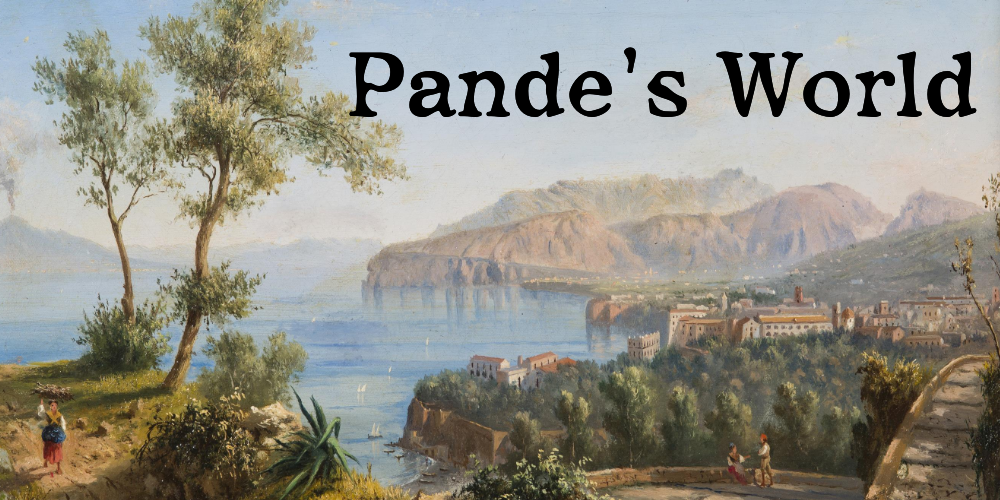
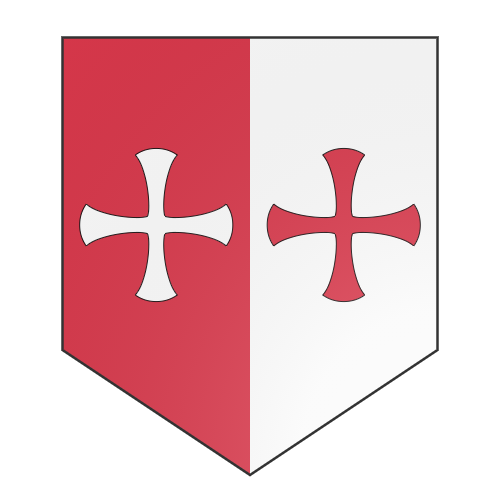
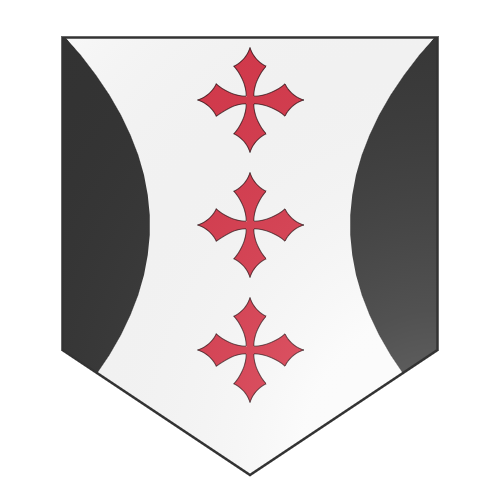
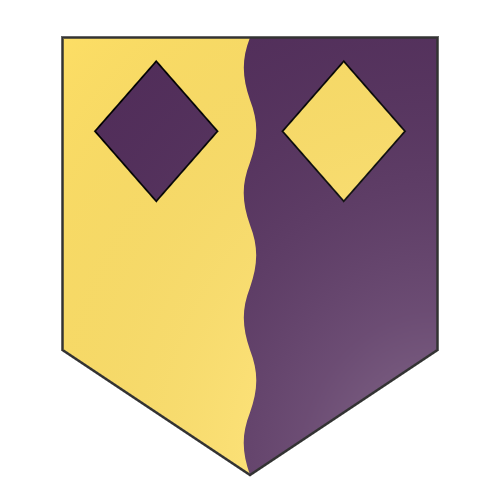
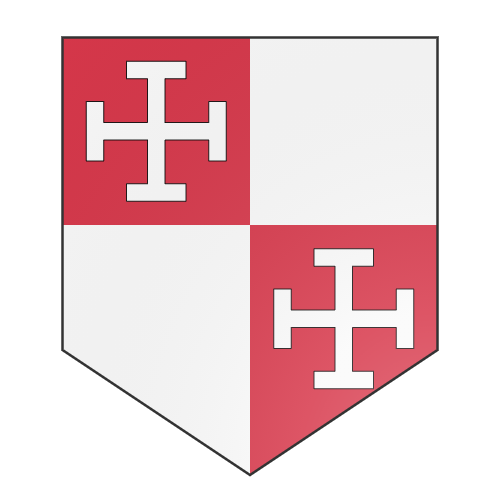



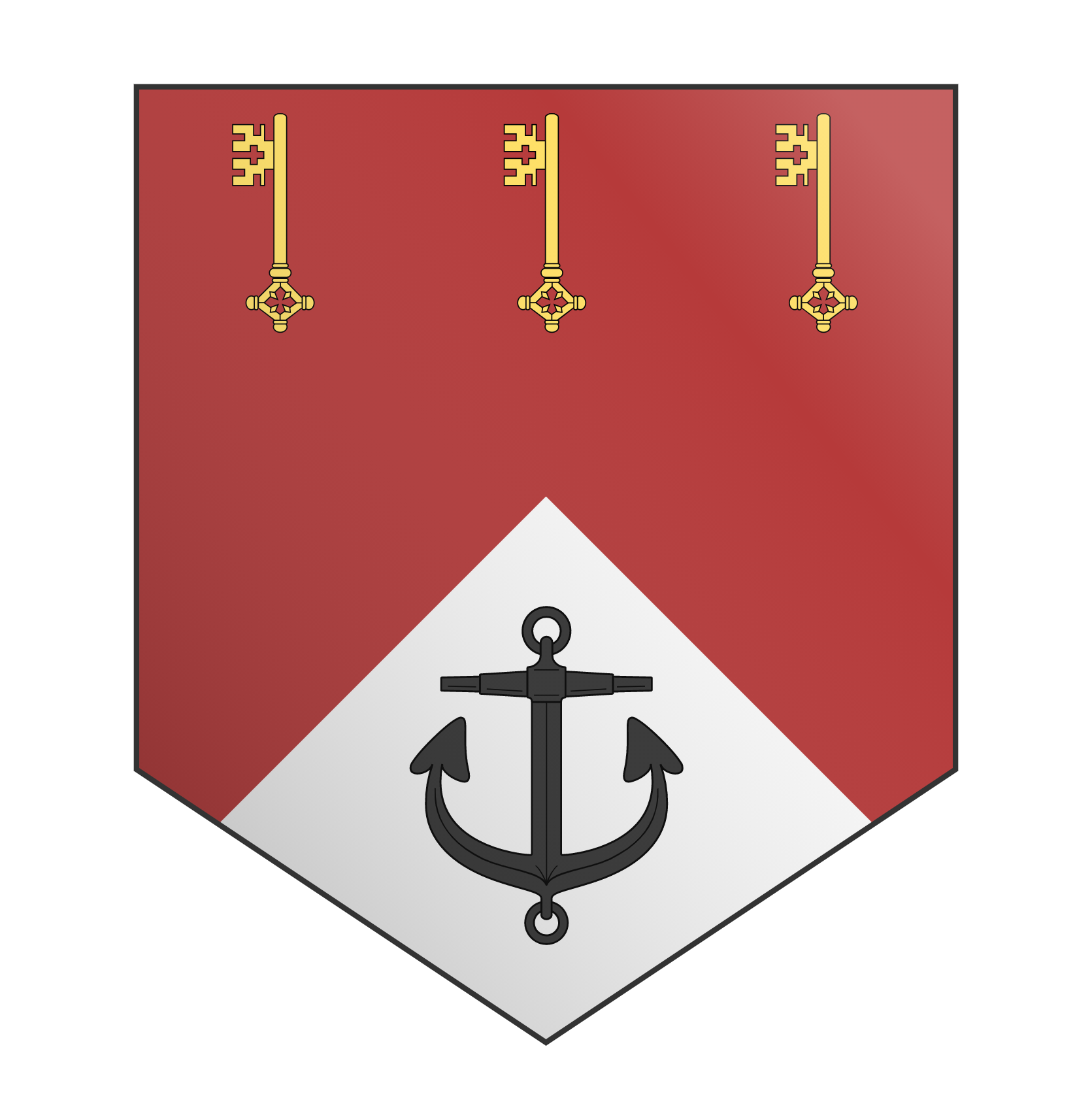

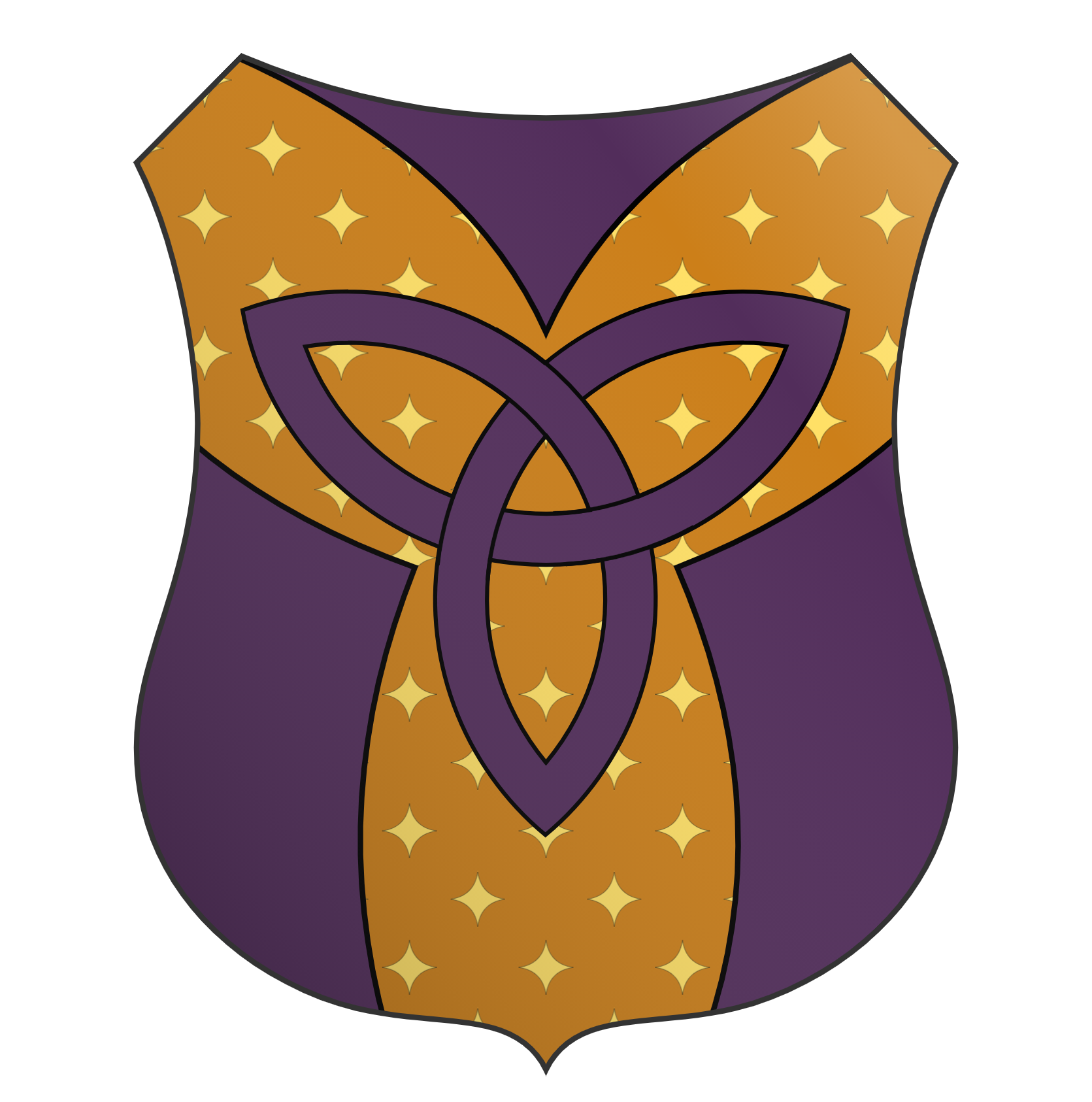



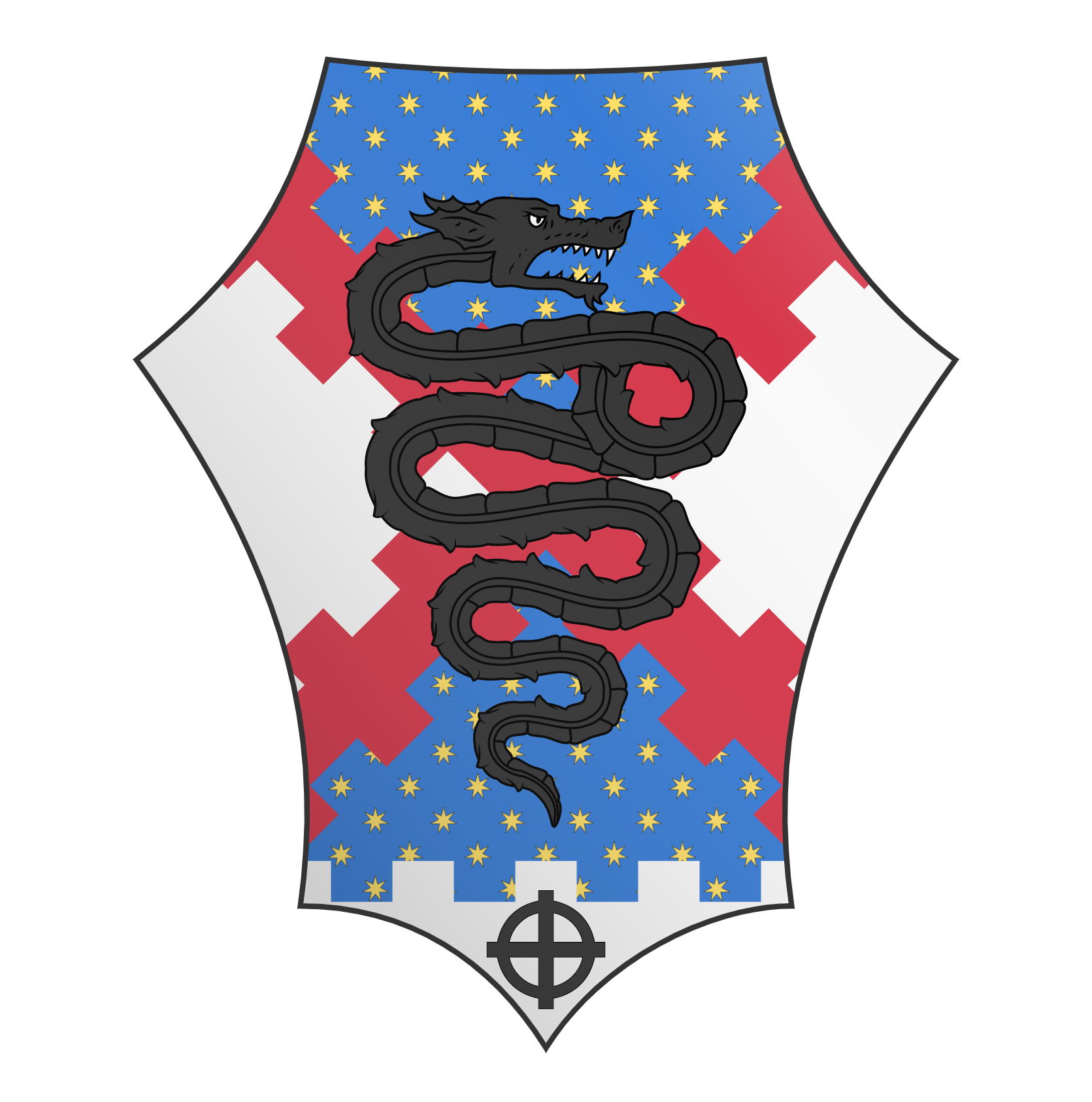
Comments